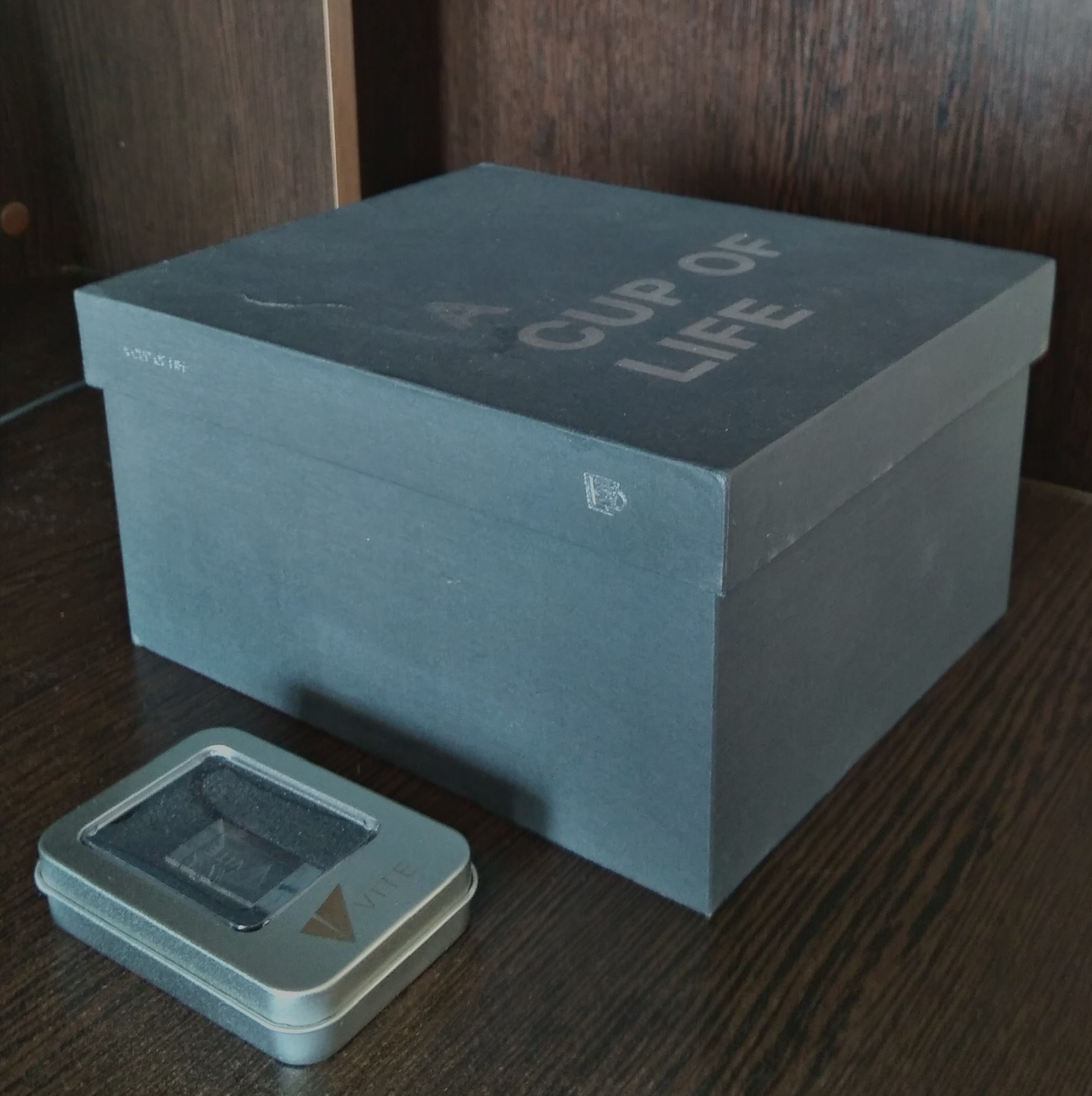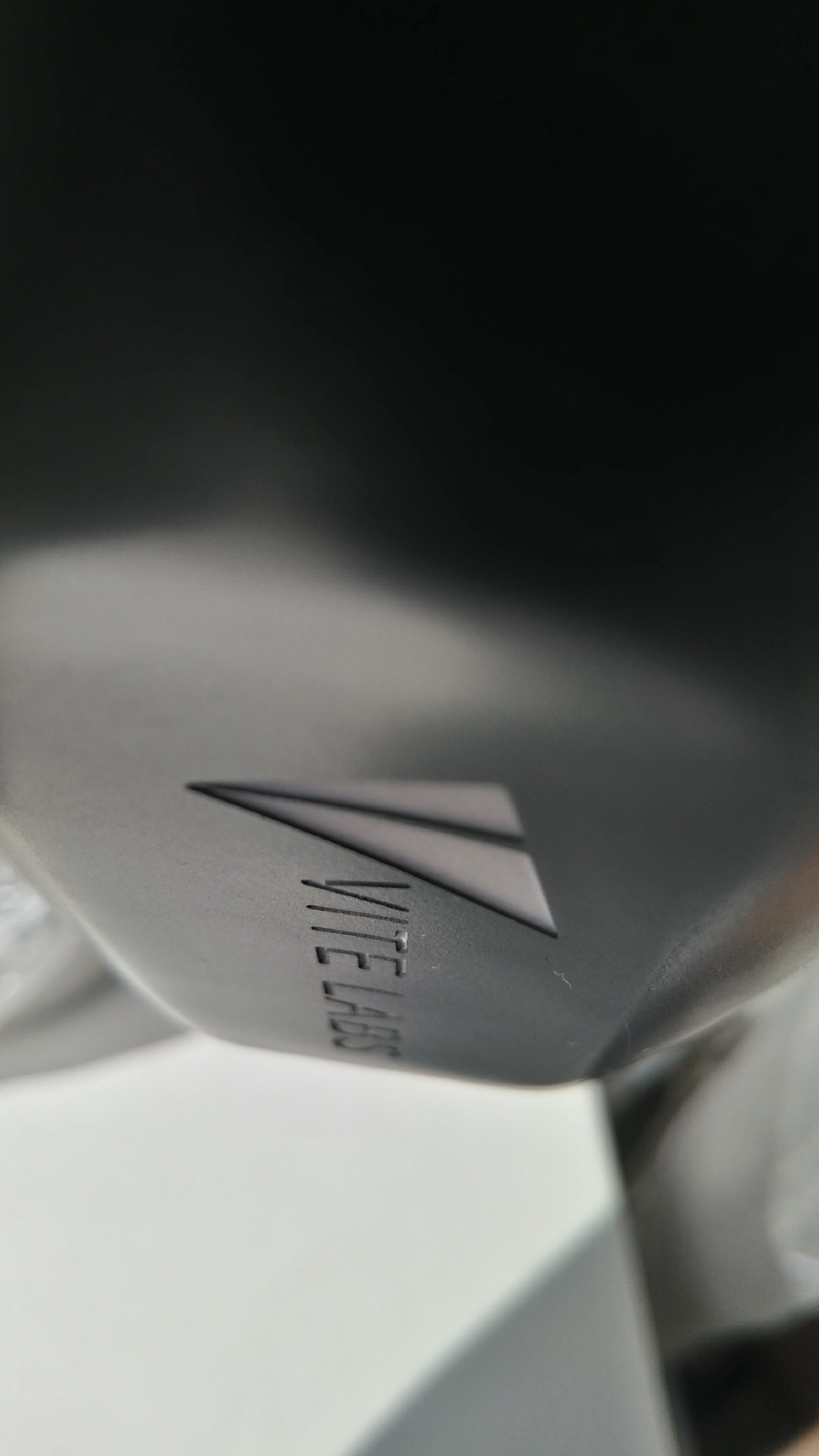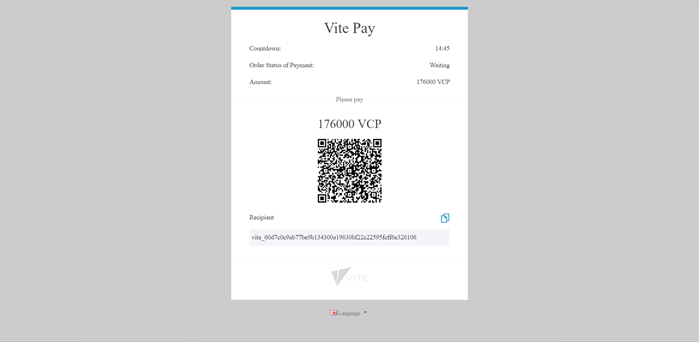
Hello! I want to share my review of goods from Vite Store which I purchased in Vite Store https://global.vite.store
The parcel with goods arrived within 3 weeks in the South Ural (Russia)
I would like to pay the attention to details and quality of goods. It really surprised me and exceeded my expectations.

USB Flash Disk (8GB)
https://global.vite.store/index.php?route=product/product&path=79&product_id=83
Flash disk was in a gift metal box with the logo Vite. This box is additional useful thing in the household=)

The disc has a blue LED inside. It creates a very interesting logo highlighting effect.

Vite Coffee Mug
The box is like in the photo on the website
https://global.vite.store/index.php?route=product/product&product_id=87

But I want to mention an important detail for me, the logo and the words "VITE LABS" are not just printed, they are engraved and have a relief. In addition, the cup is very large in size and heavy. You will not die of thirst with such a mug=) It is worthy souvenir with practical application.

To purchase Vite merchandise, you must to use your Vite Community Points (VCP). VCP is non-tradeble token in Vite TestNet which is distributed for activity in different contests of Vite. Besides shipping is not free. For example, I payed 78 000 VCP for shipping in Russia. Thus there is a high limit for purchasing at least one product in Vite Store. You should be very active for colleting such quantity VCPs.

When you purchase goods in Vite Store you use VitePay. VitePay is part of the of Vite Ecosystem. Test of VitePay in real usecases is big step for Vite adoption.


